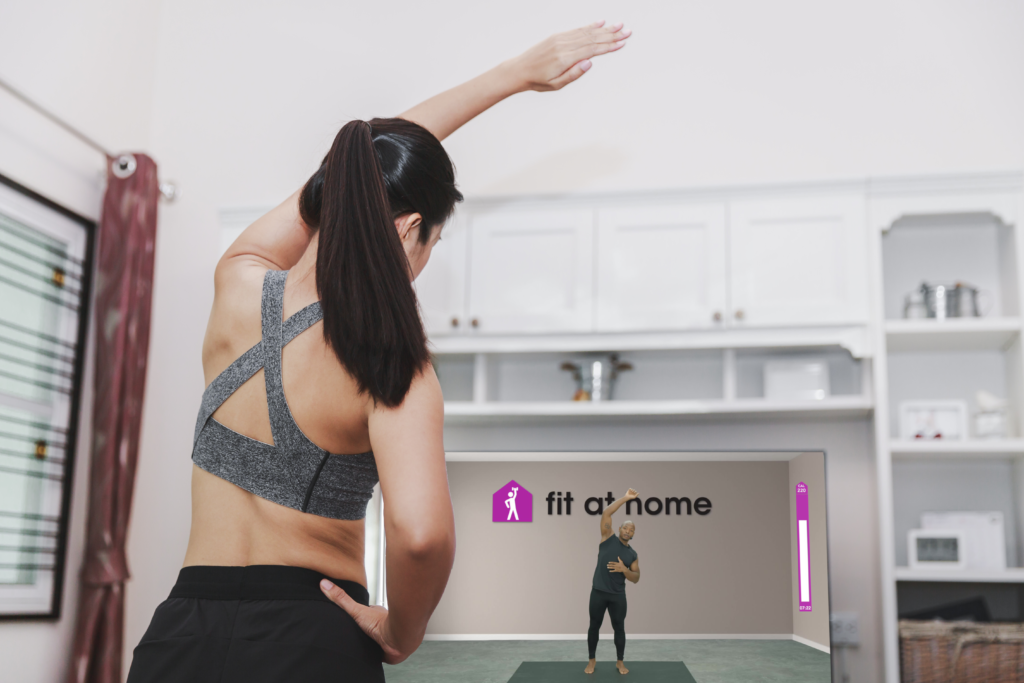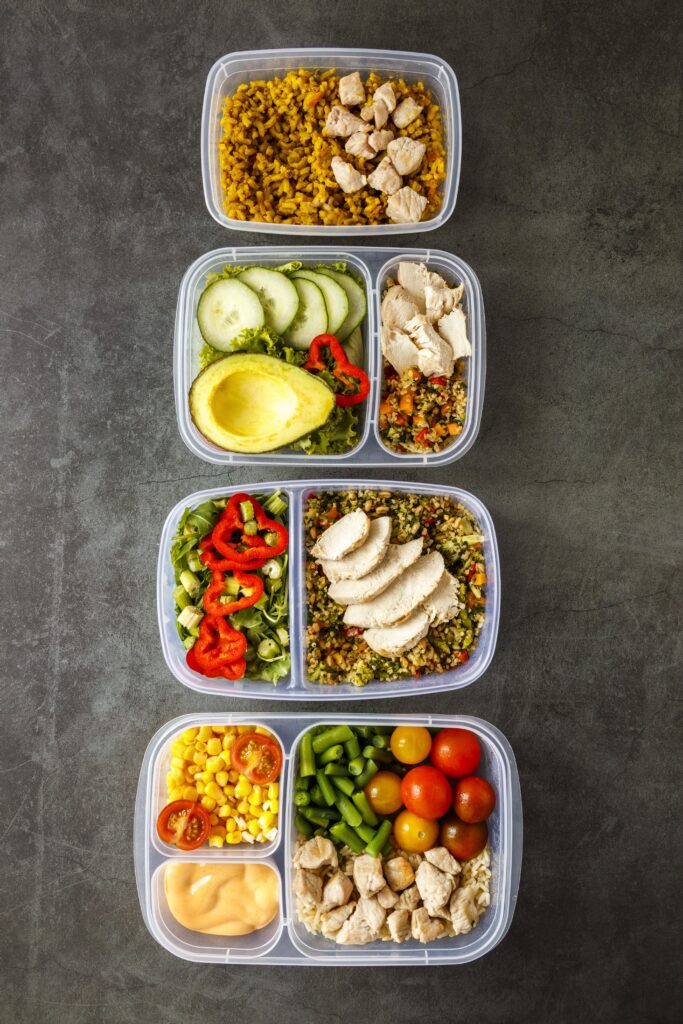Why being in shape is important
Being in shape is essential for our overall well-being, it affects our physical health, mental resilience, and quality of life. Regular exercise and a balanced diet offer numerous benefits that extend beyond appearance.
Physical health
Staying in shape reduces the risk of chronic diseases such as heart disease, diabetes, and certain cancers. It strengthens the heart, improves circulation, and helps maintain healthy blood pressure and cholesterol levels. Exercise also helps manage body weight, preventing obesity and related health issues. Strength training builds muscle and bone strength, reducing the risk of weak bones and muscle loss, while increasing energy for daily activities.

Mental health
Exercise makes your body release feel-good chemicals, which help reduce stress, anxiety, and depression. It improves cognitive function, including memory and attention, and promotes better sleep quality.
Quality of life
Being in shape enhances mobility, flexibility, and balance, preventing falls and injuries. It boosts self-esteem and confidence, contributing to a positive self-image. Physical fitness also increases longevity and provides social benefits through group activities, reducing feelings of loneliness.
Functional benefits
Fitness makes daily tasks easier and more enjoyable, improves productivity, and can lead to reduced healthcare costs by preventing health issues.
Long-term benefits
Regular exercise slows the aging process, keeps the body’s systems functioning optimally, and prevents age-related diseases, ensuring a higher quality of life in older age.
How to get in shape
Exercise
- High-Intensity Interval Training (HIIT)
- Incorporate HIIT workouts, which alternate between short bursts of intense activity and periods of lower-intensity exercise or rest. These workouts can improve cardiovascular fitness and burn calories efficiently.
- Strength training
- Include strength training exercises at least 2-3 times a week. Focus on compound movements like squats, deadlifts, bench presses, and rows to build muscle and boost metabolism.
- Cardio workouts
- Engage in cardiovascular exercises such as running, cycling, swimming, or brisk walking for at least 150 minutes per week.
- Strengthen your core with exercises like planks, sit-ups, and Russian twists to improve overall stability and posture.

- Consistency
- Stay consistent with your workouts by aiming for at least 5 days of exercise per week. Mix different types of workouts to avoid boredom. With Fit at Home, you can choose from various workouts at different levels, keeping you motivated and challenged. This variety helps you stay enthusiastic and make steady progress toward your healthy lifestyle .
Diet
- Balanced nutrition
- Eat a balanced diet rich in fruits, vegetables, lean proteins, whole grains, and healthy fats. Eating a balanced diet is crucial for maintaining good health and overall well-being. A balanced diet provides the body with essential nutrients, including vitamins, minerals, proteins, carbohydrates, and fats, which are necessary for the body’s growth, repair, and energy.
- Caloric deficit
- To lose weight, consume fewer calories than you burn. Calculate your daily caloric needs and aim to create a deficit of 500-1000 calories per day for safe weight loss. Eating fewer calories than you burn is vital for weight management, preventing health issues, and improving your quality of life. It helps you stay fit, feel energetic, and live a healthier, longer life.

- Hydration
- Drink plenty of water throughout the day. Staying hydrated can aid in metabolism and help control appetite. Staying hydrated is crucial for optimal physical performance, energy levels, muscle recovery, and overall health. It supports your efforts to get in shape by improving workout efficiency, aiding in nutrient absorption, and helping with weight management. Make sure to drink plenty of water throughout the day, especially before, during, and after exercise.
- Avoid processed foods
- Minimize intake of processed foods, sugary snacks, and high-fat junk foods. Opt for whole, unprocessed foods instead. The reason why you should avoid processed foods is because processed foods often contain high levels of added sugars, unhealthy fats, and sodium, which can lead to weight gain and health issues.
- Smaller, frequent meals
- Eating smaller, frequent meals throughout the day helps maintain steady energy levels, prevent overeating, and improve metabolism. This approach reduces hunger, stabilizes blood sugar levels, and enhances digestion and nutrient absorption. Overall, it supports weight management and better overall health, aiding your fitness goals.
Lifestyle
- Adequate sleep
- Getting enough sleep is essential for muscle recovery, energy restoration, hormone regulation, improved performance, mental focus, a boosted metabolism, and stress reduction, all of which are vital for getting in shape effectively, so ensure you get 7-9 hours of sleep per night.
- Stress management
- Practice stress-reducing activities such as yoga, meditation, or deep-breathing exercises. Chronic stress can negatively impact your fitness progress. Fit at Home offers a meditation workout to help with stress and anxiety.
- Active lifestyle
- Stay active throughout the day by taking the stairs, walking instead of driving short distances, and incorporating physical activity into your daily routine.
Tips for Quick Results
- Set realistic goals
- Setting achievable goals is essential for success if you are trying to get in shape. Start with small, specific, and measurable goals to ensure they are realistic and attainable. For example, aim to exercise three times a week or lose 5 pounds in a month. Make your goals time-bound by setting deadlines, like being able to run a 5K in three months. Break down larger goals into smaller milestones to maintain motivation. Write down your goals and keep them visible as a constant reminder. Be flexible and adjust your goals as needed based on your progress. Celebrate each milestone to stay motivated and committed to your fitness journey.
- Monitor progress
- Keep a workout and diet journal to monitor your progress and make necessary adjustments.
- Seek professional guidance
- Consider working with a personal trainer or nutritionist for personalized advice and to ensure you’re following a safe and effective plan. With Fit at Home, you can also sport or do a workout routine with a coach who is specialized in creating effective workout plans tailored to your needs, and you have the option to train at different levels to match your fitness level and goals.
- Stay motivated
- Staying motivated while trying to get in shape is essential for maintaining consistency, overcoming challenges, building lasting habits, achieving progress, and enjoying mental and physical health benefits. Motivation is the driving force that keeps you committed to your fitness journey, leading to long-term success and a healthier, happier life.
Incorporating these strategies into your routine will set you on a fast track to getting in shape and achieving your fitness goals. Stay motivated, be consistent, and enjoy the journey to a healthier, fitter and better you.
Your NUMBER ONE fitness app available on:
